 GE Phoenix SX EEPROM Conversion
GE Phoenix SX EEPROM Conversion
 GE Phoenix SX EEPROM Conversion
GE Phoenix SX EEPROM Conversion
![]()

![]()
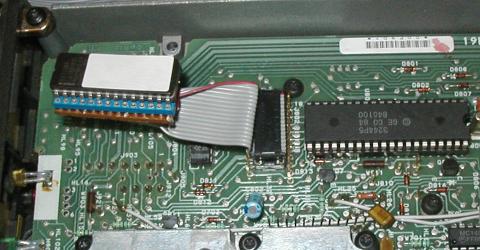
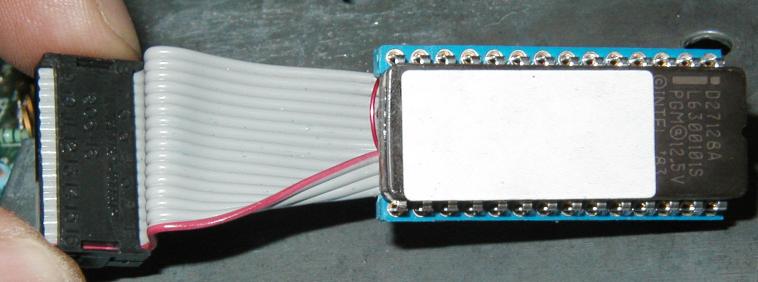
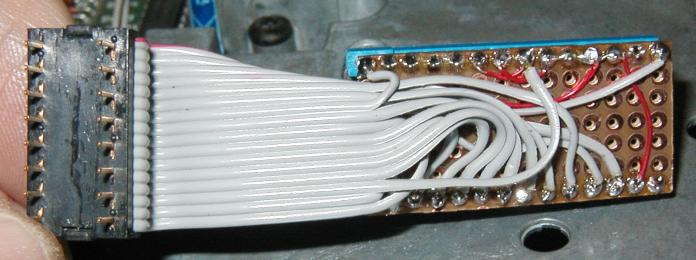
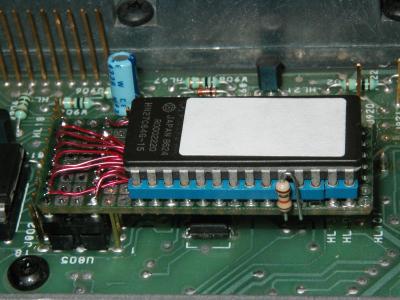
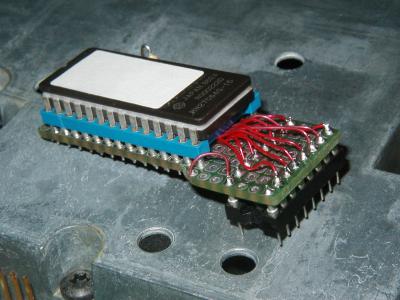
![]()
![]()
![]()
This is an intel hex file dump of a test image I used in a 2 channel Phoenix SX. The settings are: Ch A Rx = 150.000 141.3hz tone, Tx 151,000 100hz tone Ch B Rx = 140.000 141.3hz tone, Tx 141.000 141.3hz tone CCT timer 1 minute, 5khz ch spacing, and a 13.2Mhz reference :100000000F080F0F0F0F000000080F0F0F0F000059 :1000100000090C02080305010000070E0800050195 :10002000000A000308090501000A01020800050191 :1000300008000B0E080B0B0008000C0D0802050150 :1000400000080F0F0F0F000000080F0F0F0F000028 :1000500000080F0F0F0F000000080F0F0F0F000018 :1000600000080F0F0F0F000000080F0F0F0F000008 :1000700000080F0F0F0F000000080F0F0F0F0000F8 :100080000F080F0F0F0F000000080F0F0F0F0000D9 :1000900000080F0F0F0F000000080F0F0F0F0000D8 :1000A00000080F0F0F0F000000080F0F0F0F0000C8 :1000B00000080F0F0F0F000000080F0F0F0F0000B8 :1000C00000080F0F0F0F000000080F0F0F0F0000A8 :1000D00000080F0F0F0F000000080F0F0F0F000098 :1000E00000080F0F0F0F000000080F0F0F0F000088 :1000F00000080F0F0F0F000007080F0F0F0F000071 :00000001FFNotes on UHF Phoenix code changes - phoenix-uhf-changes.txt(3.5K)
![]()
Phoenix Microphone Connector (P911) The 8 circuit terminal housing: 0.156 for J911 is Digi-Key P/N WM-2106-ND Pins for housings are Digi-Key P/N WM2300-ND P911 Description 1 GROUND (A-) 2 PTT - TX (Active LOW) 3 MIC SHIELD GROUND 4 MICROPHONE INPUT HI 5 MICROPHONE INPUT HI 6 RESET (Active LOW) 7 CHANNEL SELECT 8 (I converted this pin to +12V for mic power) Phoenix Power Connector (P910) The 11 circuit terminal housing: 0.156 for J910 is Digi-Key P/N WM-2109-ND Pins for housings are Digi-Key P/N WM2300-ND P910 Description 1 TO IGNITION SWITCH + (2A Fused) 2 RX MUTE (Active LOW) 3 EXTERNAL SPEAKER HI 4 FILTERED VOL/SQ HI 5 SPARE (Channel A/B Select) 6 GROUND 7 EXTERNAL SPEAKER LOW 8 GROUND 9 CG DISABLE (Active LOW) 10 INTERNAL SPEAKER HI 11 +13.5 VDC POWER INPUT (15A Fused)
![]()